Philip Haigh delves into the Office of Rail and Road’s assessment of Network Rail’s performance over the first year of the current Control Period.
After four days of disruption caused by Network Rail signalling faults, passengers using London Waterloo might take issue with the Office of Rail and Road’s conclusion that the infrastructure company “reduced its delay to train services” in the first year of its new funding settlement.
Philip Haigh delves into the Office of Rail and Road’s assessment of Network Rail’s performance over the first year of the current Control Period.
After four days of disruption caused by Network Rail signalling faults, passengers using London Waterloo might take issue with the Office of Rail and Road’s conclusion that the infrastructure company “reduced its delay to train services” in the first year of its new funding settlement.
According to Laurence Bowman, the joint managing director of NR’s Wessex Route and newly nationalised train operator South Western Railway, the problems over July 18-21 were “caused by three separate signalling incidents” which are now under review.
NR’s Control Period 7 funding runs from April 2024 to March 2029, with the ORR publishing its assessment of April 2024-March 2025 on July 17.
ORR Chief Executive John Larkinson commented: “Overall, Network Rail has performed well in a tight financial environment, but it will need to focus relentlessly on every aspect of how it plans and delivers, because there is little margin for error in its regulatory settlement.”
In the measure of ‘delay per 1,000 miles’, ORR reports that when looking only at delays attributable to NR, three of its five regions beat their target. Two (Eastern and North West and Central) fell short, to give an overall GB figure of 32.2 against a target of 32.8.
Key changes from the previous year include an increase in external delays from incidents such as trespass and a reduction in delays from severe weather.
Such weather is usually a factor in autumn and winter, when storms can flood tracks, imperil earthworks, and lead to the imposition of speed restrictions to reduce the risks of overhead wires being brought down.
Which will be little consolation to users of SWR’s Crewkerne station, as NR suspends SWR services because this summer’s heat has dried out clay earthworks, to the extent that NR has imposed a 40mph speed restriction across four miles of the single-track West of England main line around Crewkerne. Passengers must instead use buses.
And NR is warning that further speed restrictions may follow, together with more amendments to timetables.
Weather is something that NR cannot control, it can merely try to mitigate its effects.
As ORR notes of performance last year in Scotland: “Severe weather is a constant risk in Scotland, so the good NR delivery in Year 1 may not be replicated in future years if there is more severe weather.”
Scotland uses a different train performance measure to England and Wales. Against a target of 90.7%, NR’s alliance with ScotRail achieved 89.7%, with NR causing less delay than forecast and less than in 2023-24.
South of the border, NR’s Eastern Region posted 67.7% on-time performance (missing its target of 70.4%), North West & Central posted 63.8% (target 62.9%), Southern 67.6% (target 68.2%), and Wales and West reached 61.0% against its target of 60.4%.
Despite Wales and Western hitting its performance target, this masked the problems on the Paddington-Reading section of its Great Western Main Line, which prompted ORR to issue an enforcement order in July 2024.
The regulator reports that NR put substantial investment into this section, which RAIL understands included work to fix poorly installed axle counters, so that 2024-25 did not have the “very high impact asset failure incidents that was seen the year before”.
NR missed cancellation targets everywhere except Scotland. But the primary causes, according to ORR, fall to train operator staffing and fleet reliability, rather than NR.
For freight, NR narrowly missed its national target for freight cancellations, with 1.5% of services cancelled against a target of 1.3%, despite Southern’s 1.5% achievement against its target of 2.1% and Scotland’s 1.1% overachieving its 1.4% aiming mark.
Beyond operating the network, Network Rail’s five-year Control Period 7 settlement provides for maintaining and renewing 20,000 miles of track and 30,000 bridges, tunnels and viaducts.
Across this network, NR delivered 108% of its planned renewals for 2024-25, with only Eastern falling short on 99% while Southern managed 154% of its plan.
ORR reveals that the company fell back with signalling renewals (deferring projects at Cambridge, London Victoria and at its West of Scotland signalling centre) in light of delays in developing new technology.
ORR sounds a warning over future renewals. It says: “[NR] is now planning fewer renewals in Year 2 and across the Control Period compared with its initial delivery plan. This planned reduction risks additional deterioration of its assets, which may lead to more asset failures and therefore disruption to train services in the long term. This would mean higher renewals volumes, and therefore costs, required in future Control Periods.”
It says it is most concerned about Eastern, North West and Central, and Southern Regions. In NW&C, ORR says a “larger reduction in planned earthworks renewals is particularly evident”.
Network Rail’s strategy for CP7 is to reduce renewals in favour of enhanced maintenance, as a way of reducing its overall bills.
In a delivery plan summary, published as the Control Period started, NR said: “We are focusing renewals investment where the impact of asset failures would most impact passengers and freight, investing more in maintenance and enhancing remote infrastructure monitoring to predict and prevent asset failures that can cause delay.”
ORR equivocates in its assessment of NR’s maintenance delivery. It commissioned Arup to look in more detail, and says in its annual assessment that NR has enough capacity to deliver the maintenance its plans until 2026, but then “there may be risk to delivering increased volumes of maintenance work in years three to five”.
Arup examined maintenance backlogs at several NR permanent way maintenance depots. At Leeds, for example, it found a backlog of around 3% of jobs, with a trend that was broadly flat but which had peaks and troughs over the last two years of 1.5% to over 5.5%.
At nearby York, the situation was different. Arup found a rising backlog trend that grew from 3% in early 2023-24 to around 8% at the end of 2024-25. Arup reckoned the rise has been caused by an increase in cable theft around Knottingley which has diverted staff from maintenance work, and by a change in staffing levels resulting from NR’s ‘Modernising Maintenance’ programme which it says is now being addressed.
Meanwhile, Glasgow depot’s backlog is much smaller, with a flat trend over the last two years - a peak of 1.6% and a low of 0.2%.
Overall, ORR reckons that the way NR measures maintenance activity makes it difficult to say whether it’s doing enough to mitigate risks.
One risk that lies across all NR’s work is inflation, about which it warned as ORR was putting together its periodic review of access charges that decided what NR should be allowed to spend on operating, maintaining and renewing its network (RAIL 984, 996 and 1007).
This settlement allowed NR to hold a risk buffer of £1.7 billion (the overall funding package was worth £46bn for context).
In its first year of five, NR has used £1bn of this risk funding, with the money going towards an unexpected increase in National Insurance contributions, Schedule 8 compensation payments for unplanned disruption to train and freight operators, and an increase in prices for rail products.
This contributed to NR spending £228 million more delivering the first year of CP7 than it had planned (even though it exceeded its efficiency targets with £325m saved in this area), with the main culprit being rising costs within its renewal projects.
ORR explains: “These cost increases were associated with access constraints, resulting in longer delivery times and associated compensation payments. Additionally, funding challenges and inflationary pressures led to reprioritisation of work across the regions, causing additional cost when projects were paused or cancelled.”
What isn’t apparent in ORR’s report is an increase in ‘service affecting failures’ (SAFs) from infrastructure that NR warned about back in May 2023, during ORR’s periodic review process. Back then, NR said it was predicting a 2% increase in annual SAFs by the end of CP7.
For CP7’s first year, ORR reports that its key measures of railway asset reliability, which includes SAFs and a ‘composite reliability index’, have remained steady.
But the shift from renewals towards maintenance, and the rising costs being seen across NR’s renewals portfolio, will put increased pressure and emphasis on timely maintenance.
In turn, this might lead to more decisions such as the one seen recently on Southeastern’s patch, with passenger services cut to provide NR with more maintenance opportunities.
Here, train operator Southeastern works with NR’s Kent Route under the slightly different brand - South Eastern Railway.
Planning and Performance Director Scott Brightwell said: “Carrying out more inspections during the day has been made possible by the South Eastern Railway’s joint decision-making and shared emphasis on doing the right thing for our people, our customers, and the taxpayer.
“We know it is more efficient to do maintenance inspections in daylight rather than in the early hours of the morning. This increased schedule over the coming months strikes the right balance between the needs of our passengers and the infrastructure maintenance that is required to keep trains running.”
That’s likely to be a model rolled out more widely across NR activities, as the Department for Transport gradually takes direct ownership of English train operators under its nationalisation plans.
Login to continue reading
Or register with RAIL to keep up-to-date with the latest news, insight and opinion.

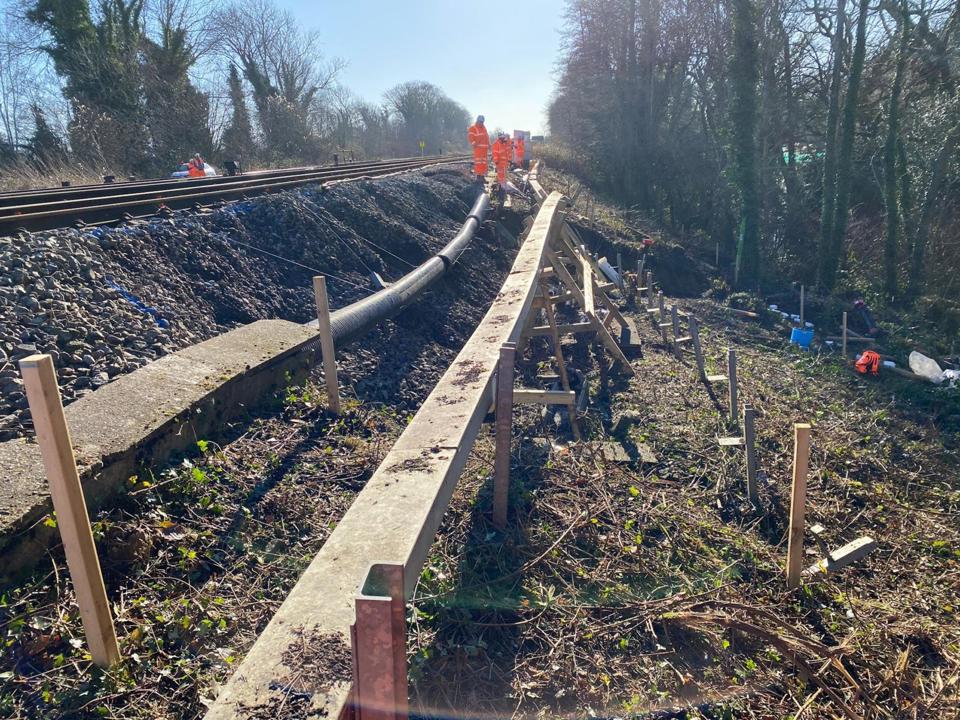

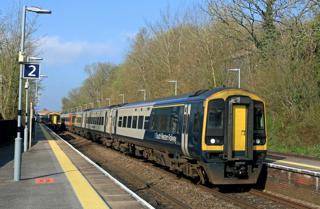
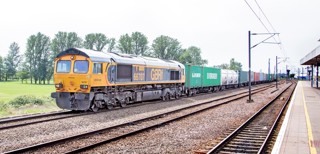
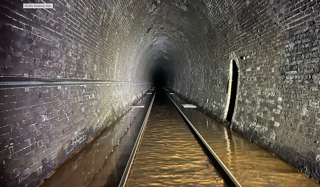
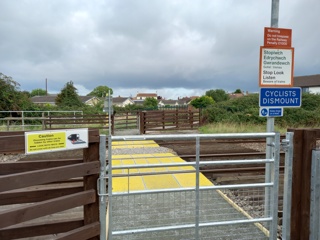
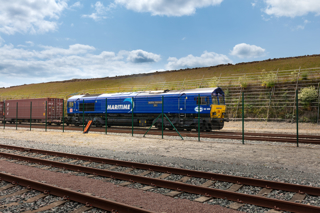
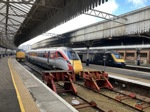
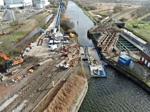
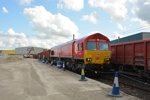
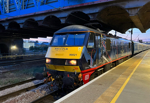
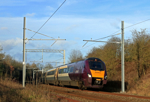
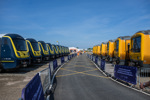





Login to comment
Comments
No comments have been made yet.